What is Ouji, Aristocrat, & Gyaruo?
Gyaruo, Ouji, and Aristocrat are terms describing separate period-specific fashions in Japan. Modernly, they're used by fashion youth to describe three distinct looks of what these scenes wore throughout their daily lives.
They're three incredibly distinct looks on a surface level and even seemingly opposite, but have some social overlap depending on urban geography.
"Why Do You Choose These Three?"
Aristocrat and gyaruo can seem like opposites. They each have a mature, sleek style founded in designer brands and luxury fabric— What aristocrat lacks in color it makes up for rich velvets and laces. Some gyaruos wore a lot of designer labels to express that specific look of a wealthy rockstar. These two were anything but modest; they are flashy and confrontational. Everything I could want and inspire from in fashion.
Ouji is some polar opposite of those two styles, being a boy-ish feminine type of beauty. It is also founded in luxury brands and full texture, but its aura is cute and sacred. Despite its cutesy nature both ouji and aristo were born from gothic + vk fan scene.
These days I dress more casual (アメカジ) and it makes me feel like an indomitable force ready to take on large social gatherings. When I feel untouchable, I will wear my frillier stuff. People who don't understand Ouji will usually leave me alone and save my breath.
What is Gyaru & Gyaruo?
Gyaruo is short for ギャル男 or "GAL man/otoko". It's not to be confused for a "male version" of gal, but a co-existing subgroup of gyaru culture. Similarly, gyaru is ギャル, loaned from the english word "gal."
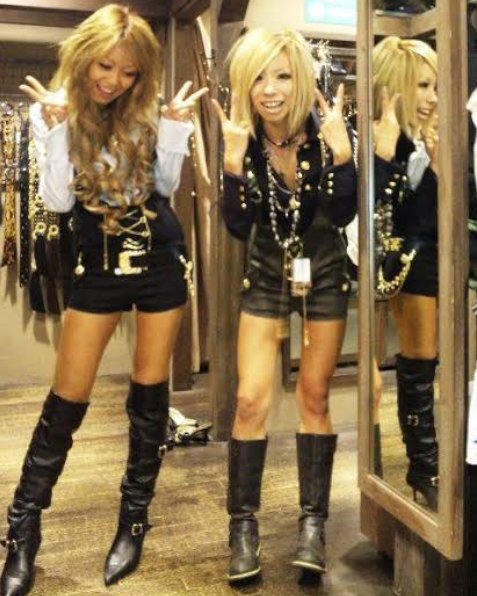
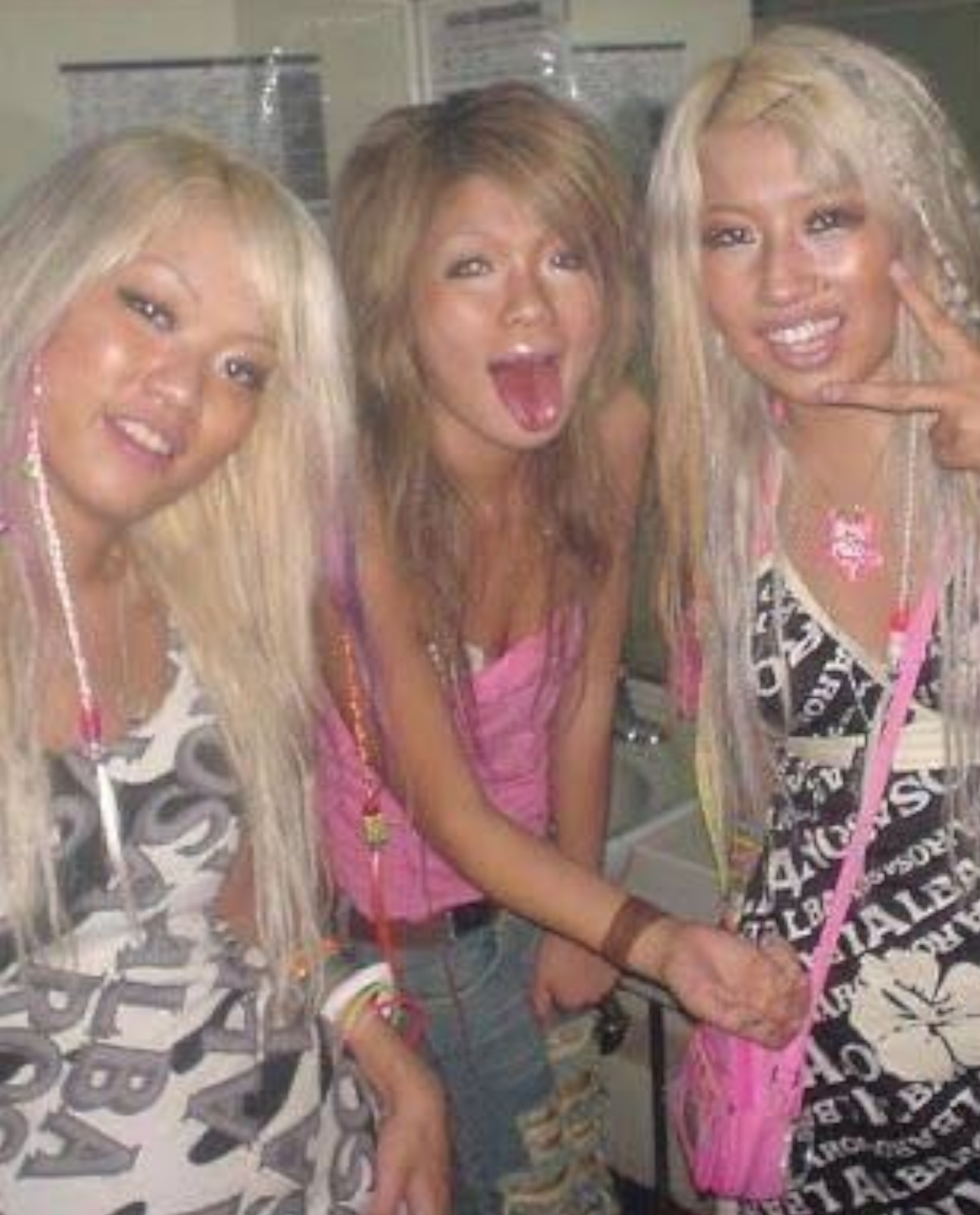
Most gyaru representation is informed through the trends they were following. Instead I thought I'd share these more ordinary life pictures.
They are a result of chasing what made them happy; usually decoden nails, eye-consuming lashes, or bleached wild hair depending on what their groups liked from the magazine, Egg. They were anti-authority teens, and eventually anti-authority adults.
Gyaruo coexist amongst gal circles. They were predominantly men who wanted to emulate a range of American rock styles with that Japanese flair; as opposed to boxy and baggy, gyaruo coordinates were structurally skintight and sexy.
Scene-wise, both gals and gyaruos were clubbing or enjoying their youth in some way (and probably still do) but most importantly they were like-minded. Like anyone else who meets at work or school, they naturally formed personal circles and may have had interests outside of fashion (though they clearly shared a love for 2010's Jersey Shore fashion from overseas).
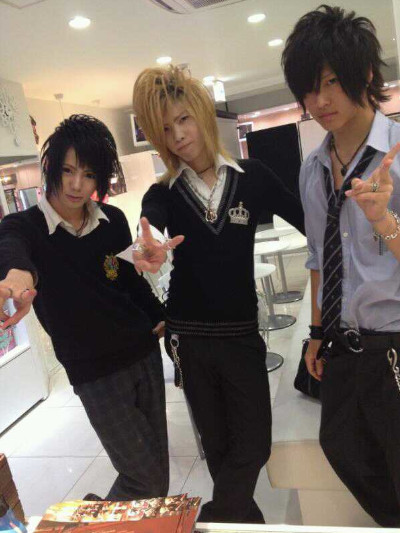
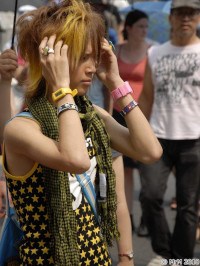
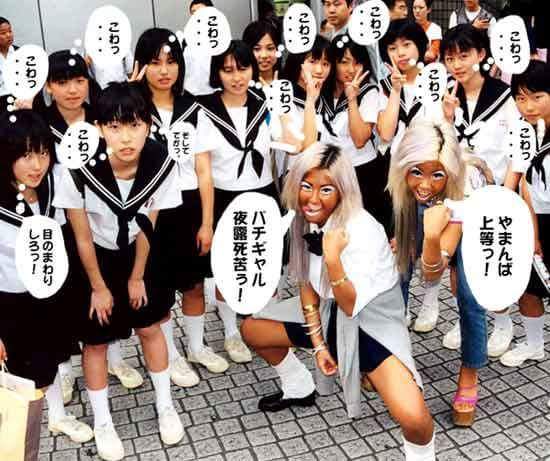
The original community and scene no longer exists as it did before, so nowadays the term's utility has been updated to identify gal "descendants" or those inspired by the historical phenomenon that was Heisei Gyaru.
What is Aristo & Ouji?
EGL fashion is short for "Elegant Gothic Lolita," a certain style of 90's-2010s street fashion defined by hyper femininity and a "bell" torso silhouette designed for adults. This hyper feminine focus will utilize laces, ruffles, and most importantly a "cute" elegance. It's a luxury fashion, with origins in designer labels from Vivienne Westwood and Christopher Nemeth as well as independent designers like Baby The Stars Shine Bright, Metamorphose Temps De Fille, and Angelic Pretty.
Aristocrat, Gothic Lolita, and Ouji are not counterparts of each other.
They have overlapping elements and communities, but are styled differently.
Ouji is a style that utilizes androgynous pieces to achieve "playful luxury". While its name branches from the term 王子 or "prince", you aren't literally a prince and some people might compare an ouji more to a pirate or some gothic-inspired archetype. While "more masculine" than Lolita, it's still a feminine style and women's-based fashion that anyone can wear.
Aristocrat is a broadly-encompassing style of antique goth fashion with a Japanese solution. It's particularly known for its equally frilly, high-quality construction and textures but tunes into the mature aspects of elegance using blocky and long silhouettes. 90's Japanese styling is important to what makes J-Aristocrat's flair work, because it does not look the same under a Western style context of antique gothic.
Identifying ouji from aristo can be difficult because of their dubiety of silhouettes, but with the right eye for silhouettes and fashion...
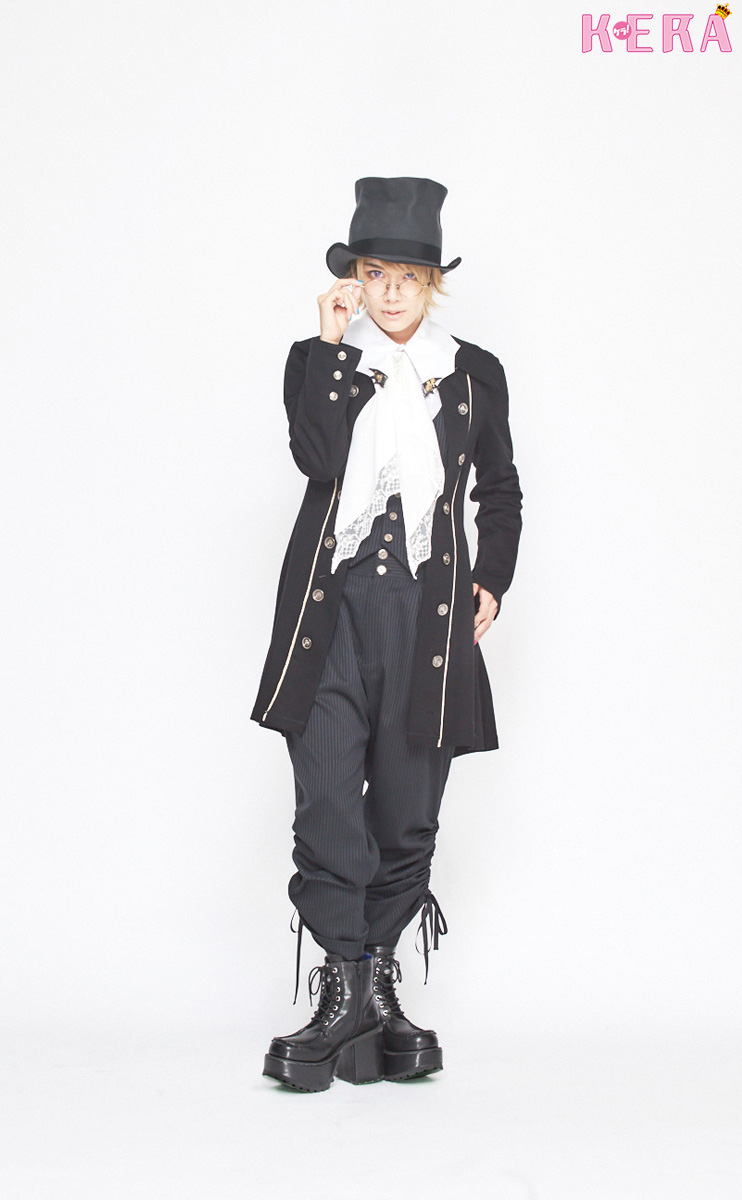
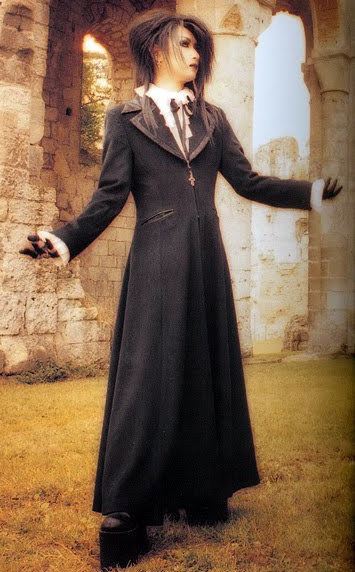
Can you tell which is ouji and which is aristo?
EGL is not Victorian or Rococo fashion, or trying to look like either of the two. To really understand the stylistic idiosyncracies of Lolita, Ouji, and Aristocrat, you could study some Gothic Lolita Bible scans.
How Can I Get Into EGL/Gyaruo Culture?
The simplest advice I can give is to listen to your cultural elders. Before you buy an authentic clothing piece or post on forums, you should talk one-on-one with someone who is in the local community.
Something I believe is that all work becomes art when it fosters community. You can do everything to strip the artist from those pants or dilute your accessories to aesthetic, but you might never be a Gyaru or Lolita if you go about art that way.
It's so much more besides the fashion and history; it's direct contribution to the people in that community. The look and the lifestyle are partnering aspects, neither are less than the other. Part of fashion enthusiasm is directly communicating, participating, and supporting the artists and designers who create your clothes.
You either get what it means to be that thing or you don't!
That being said, don't be afraid to buy from Harajuku-original brands and creating your own style. I often wear my AATP crown necklace with Amekaji.
Post Status
Last Updated 2025.08.15